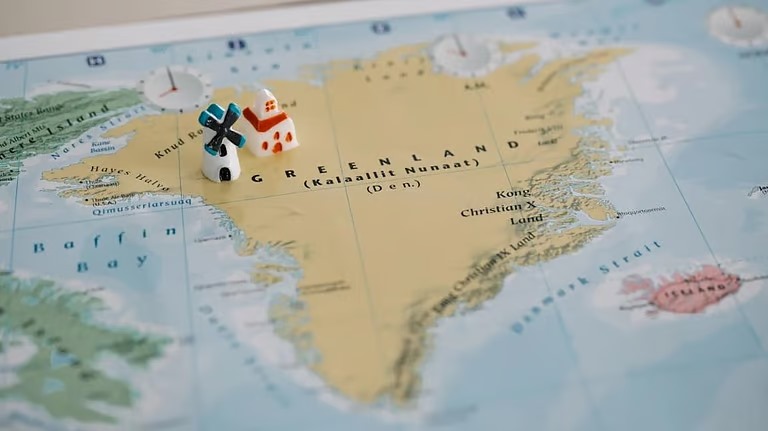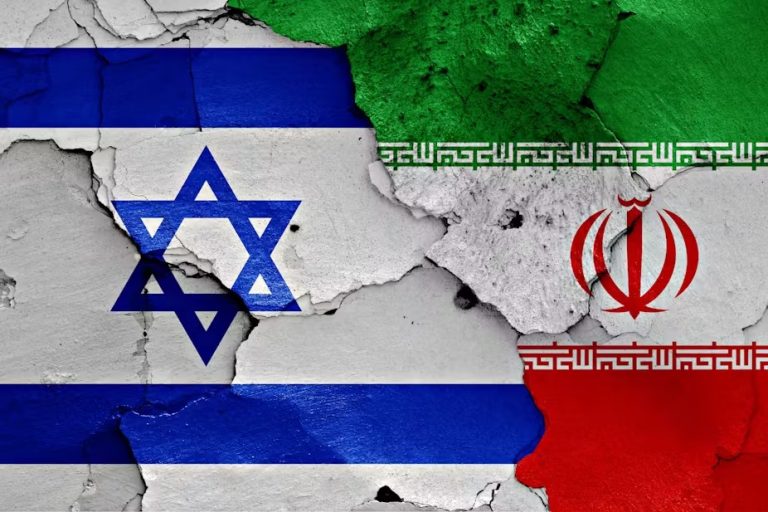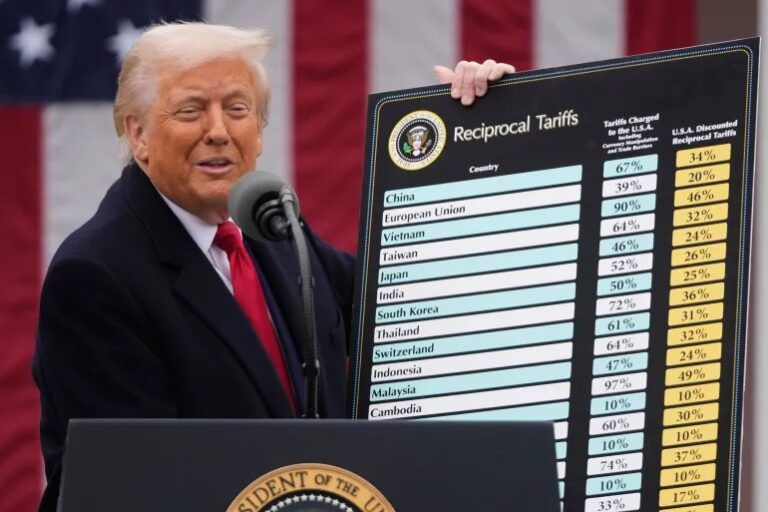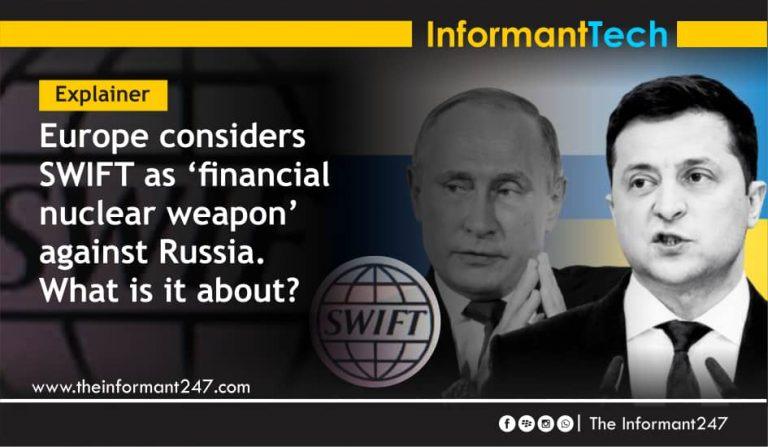Greenland and America’s strategic calculus
By Daramola Luke and Saheed Muheez
Greenland, known for its icy expanse near the North Pole, has a name that misleadingly suggests a land of forests and vegetation. Yet beyond its frozen landscape, the island holds immense strategic and economic value. In 2019, its significance was thrust into the spotlight when then-US President Donald Trump proposed purchasing it from Denmark—threatening sanctions and pressure if rebuffed. Now, back in the White House, Greenland has once again taken centre stage in Trump’s foreign policy agenda, as he signals a renewed drive to use sanctions or other coercive measures to advance his ambitions.
Nexus
Greenland, the world’s largest island, is strategically positioned between the Arctic and Atlantic Oceans. Geographically, it is part of the North American continental landmass. Its closest neighbours are Canada, with which it shares a maritime border, and Iceland, located to its southeast across the Atlantic. Greenland has been linked to Denmark since the 16th century and still recognises King Frederik X as its head of state. Today, it remains a self-governing territory within the Kingdom of Denmark, relying heavily on Danish economic aid—accounting for nearly half of its public revenue—and on the Danish military for defence.
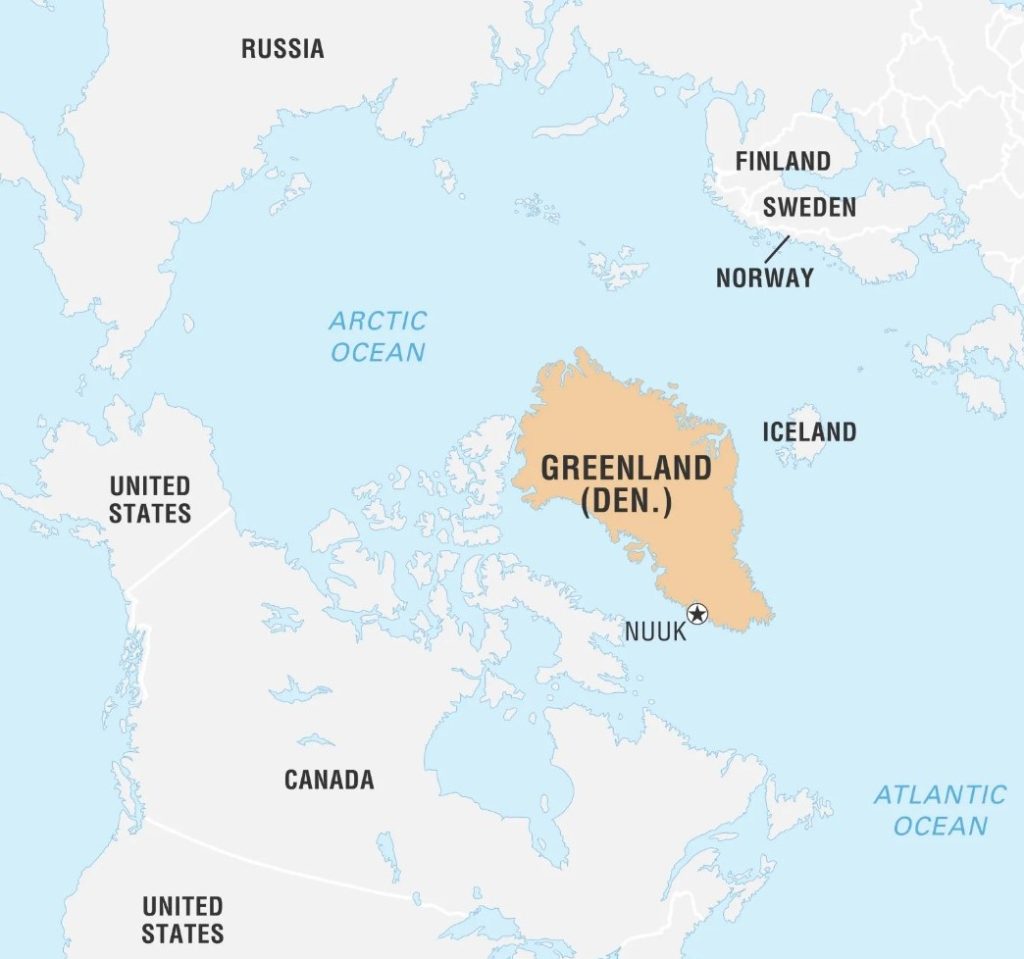
This Polar frontier is an untapped mineral powerhouse, rich in resources like uranium—vital for nuclear weapons—along with rare earth minerals essential for defence technologies and everyday products like cell phones and cars. The island also holds significant deposits of iron ore, copper, and vast natural gas reserves, making it a potential economic goldmine for any nation that secures control over it.
Geopolitically and commercially, climate change and the accelerating Arctic ice melt have reshaped Greenland’s landscape, causing the loss of billions of tons of ice annually. This transformation is unlocking new shipping routes that could drastically shorten trade pathways between Asia and Europe. Strategically positioned at the nexus of the world’s oceans, Greenland is emerging as a pivotal player in the future of Arctic geopolitics and global commerce.
Trump’s shots
In August 2019, during his first term, US President Donald Trump floated the idea of buying Greenland, calling it a “strategic real estate deal”. The proposal was met with global ridicule, prompting him to abandon it. However, with his return to the Oval Office in 2025, Trump revived the idea, framing it as a bold move to cement his legacy. This reignited fierce opposition from Greenlanders and sparked widespread outrage, led by Denmark, which plays a significant role in the island’s international affairs. While Trump’s remarks put Greenland back in the spotlight, the US has long eyed the island for acquisition. With a history of major land deals—like the Louisiana Purchase—the US first attempted to buy Greenland from Denmark in 1867 and has since pursued the idea both openly and covertly for over 150 years notably in postwar 1946 when President Harry Truman offered Denmark $100 million dollars for the Island, an offer which was rejected.
America’s strategic calculus
The United States has long viewed Greenland as a strategic asset for national security. American forces first arrived during World War II, invoking the Monroe Doctrine to prevent a Nazi occupation following Germany’s takeover of Denmark. Today, the US maintains its presence through the Pituffik Space Base. The US considers national security non-negotiable and views Greenland as a crucial outpost in the Western Hemisphere to guard against potential threats from Europe, particularly Russia and its allies. Washington is increasingly concerned about undetected foreign vessels navigating Greenland’s vast 27,000-mile coastline—the world’s longest—especially as advancements in naval technology enable nuclear submarines to infiltrate Arctic waters with ease.
Gaining control of Greenland, the US believes, would grant it unrestricted military access, strengthening its northern defences at a time when Russia holds the upper hand in Arctic military dominance. Furthermore, the US asserts that securing Greenland would act as a strategic deterrent against the expanding military footprint of Russia and China in the Arctic power struggle. Rival powers could potentially use the Norwegian Sea or the Greenland-Iceland-UK Gap as staging grounds for attacks on the US East Coast, which hosts major cities like New York, Chicago, and Washington, DC—the nation’s capital. These concerns underpin America’s strategic calculus, as controlling Greenland and its surrounding waters would establish a critical maritime defence outpost, enhancing early threat detection and bolstering national security.
Push-back
In response to President Trump’s renewed interest in Greenland, Denmark has firmly rejected the idea and announced plans to bolster its military presence in the Arctic and North Atlantic. On Monday, January 27, Copenhagen committed nearly €2 billion ($2.1 billion) to deploy three new ships, long-range drones, and satellites to secure Greenland’s waters. Danish Prime Minister, Mette Frederiksen emphasised the need for European unity amid shifting US relations, underscoring this message during her recent visits to Berlin, Paris, and Brussels. German Chancellor Olaf Scholz echoed her stance, condemning territorial expansionist ambitions, regardless of the actor behind them. Greenland’s government, led by Premier Mute Egede, has firmly reiterated that the island is not for sale, urging Greenlandic unity in the face of external pressures.
Crossroads
Despite the international fiasco caused by Trump’s bid for Greenland, the island is undeniably emerging as an X-factor in global politics. Caught at the intersection of geopolitical tensions and economic interests, Greenland faces the challenge of safeguarding its sovereignty and ecological purity while resisting the ambitions of neo-expansionist powers.

